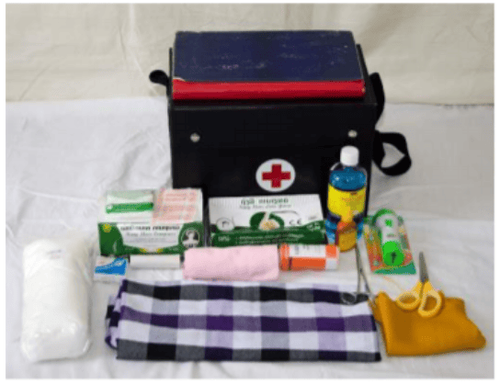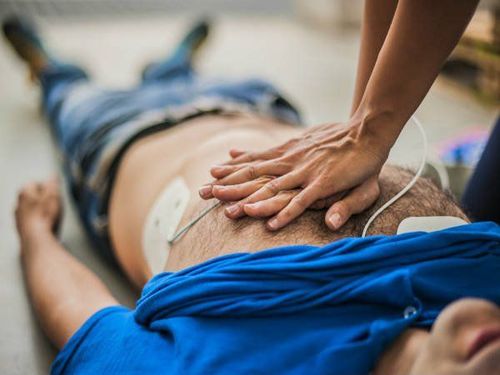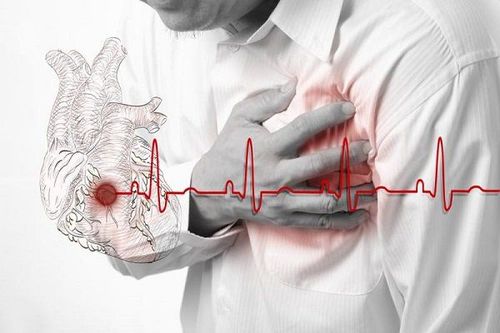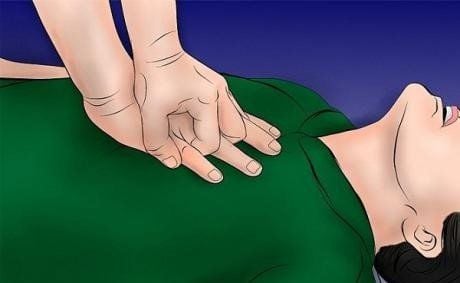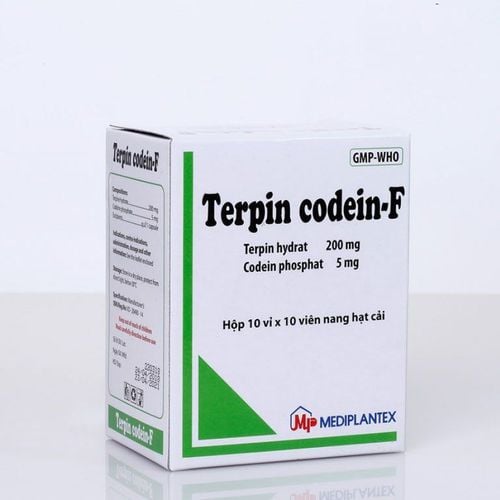This is an automatically translated article.
Posted by Master, Doctor Pham Khac Tiep - Pediatric Center - Vinmec Times City International HospitalDrowning is a common accident among children, especially in the summer. If detected and treated late, the child may die or, if alive, will leave severe sequelae. Therefore, early detection, good first aid is an important key to help children who drowned to recover better.
First aid steps when a child is drowning:
1. Get your child out of the water
This is the first step but also very important, the person who takes the child out of the water must be a swimmer who has the skills to save someone from drowning to avoid other possible risks.2. Call for help, if there are other people around
Note: Initiating cardiopulmonary resuscitation (CPR) right away is the single most important thing you can do to prevent your baby from dying.If you are alone, follow the steps below for two minutes before stopping to call 911. If there are other people around, while you begin the steps below, get someone to Call 911 and notify lifeguards.

Hãy gọi trợ giúp, nếu có những người khác xung quanh
3. Check if the child is breathing and awake
See if your baby is breathing: Place your ear near the child's mouth and nose. Can you feel your baby's exhaled air on your cheek? See if the baby's chest is moving? (Yawning breathing is considered not breathing.) During the breath test, you can also call out the child's name to see if the child is responding.4. If the child is not breathing, start CPR
You don't need to hook the throat or make movements to clear water from your child's throat before you start CPR.Carefully place the baby on his or her back on a firm, hard surface. If you suspect a neck or head injury, move the child by moving the entire body (head, neck, spine, and hips) together, keeping them all in line. If no neck injury: Hold the child's head back and raise the chin to open the airway. If you suspect a neck injury, do not tilt your head, simply press your jaw. For babies, be careful not to tilt your head back too much. When giving CPR: With an infant, place your mouth over both the baby's nose and mouth to give a tight breath. For older children, squeeze the side of the child's nose with one hand and bring your mouth over the child's mouth. Blow into baby's mouth for 1 second: Baby's chest will inflate when you do this. Repeat the second breath
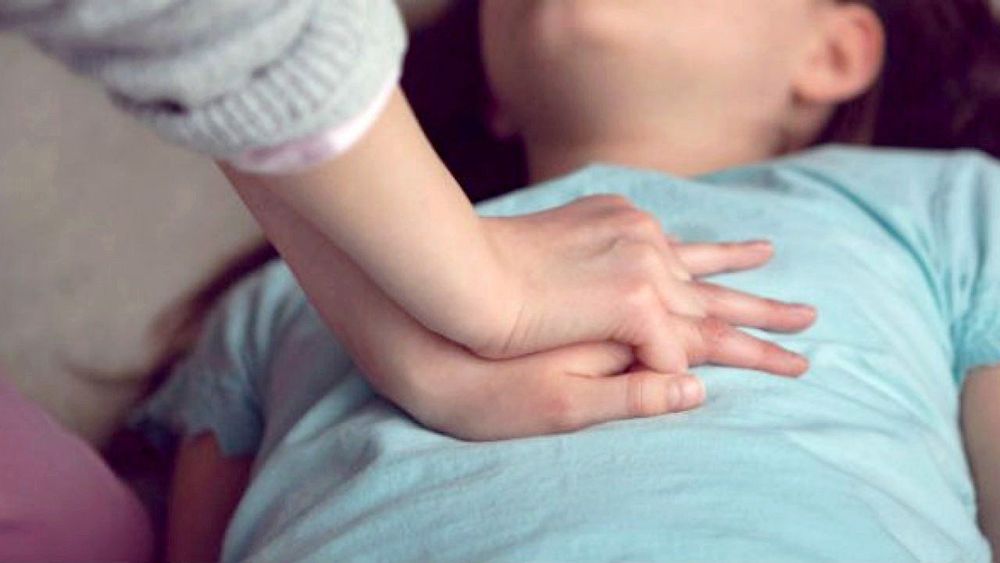
Bạn không cần phải móc họng hoặc làm động tác để loại bỏ nước từ cổ họng của trẻ trước khi bắt đầu CPR
5. Start chest compressions
Compression position: Above the sternum, level with the nipple junction Use the back of your hand to apply chest compressions Start rapidly pressing down on the chest about 1/3 -1/2 thoracic in length anteroposteriorly and then release the pressure. Make sure your chest compressions are not the nasopharynx. Compression rate 100 beats/min. Allow your chest to fully expand between compressions. If you alone give first aid: Do 30 chest compressions, then give 2 breaths. If there are 2 rescuers: Give 15 chest compressions, then give 2 rescue breaths. Every 2 minutes, the child should be checked to see if the child has a pulse and is breathing. If the child is not breathing, continue giving chest compressions until 911 arrives. The pediatric department at Vinmec International General Hospital is the address for receiving and examining diseases that infants and young children are susceptible to: viral fever, bacterial fever, otitis media, pneumonia in children. ,... With modern equipment, sterile space, minimizing the impact as well as the risk of disease spread. Along with that is the dedication from the doctors with professional experience with pediatric patients, making the examination no longer a concern of the parents.MORE:
Consequences of drowning and rehabilitation measures Proper drowning first aid in children What is 'Dry drowning'?
Please dial HOTLINE for more information or register for an appointment HERE. Download MyVinmec app to make appointments faster and to manage your bookings easily.




